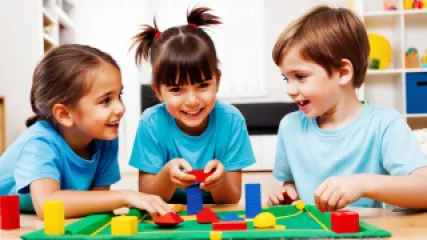How Can Sibling Therapy Programs Help Resolve Sibling Rivalry Issues?
1 year ago
Sibling Rivalry Solutions
Mastering Personal Power in Psychology: The Ultimate Guide
1 year ago
Personal Power in Psychology
Effective Procrastination Overcome Strategies: Research Summary
1 year ago
Procrastination Overcome
The Power of Coping Strategies for Emotional Health
1 year ago
Emotional Health
Overcoming Anxiety: My Journey to Emotional Well-Being Tools
1 year ago
Emotional Health
Effective Coaching Strategies for Rural Mental Health
1 year ago
Mental Health in Rural Areas
Learning from Movies: Animal Assisted Therapy for Depression
1 year ago
Animal Assisted Therapy
Essential Mental Health Resources for Rural Areas
1 year ago
Mental Health in Rural Areas
Fostering Positive Sibling Interactions: A Practical Guide
1 year ago
Sibling Rivalry Solutions
Lessons on Managing Holiday Stress from a Book or Movie
1 year ago
Holiday Stress
Why Improving Mental Health Literacy is Crucial for Emotional Intelligence
1 year ago
Mental Health Literacy
My Transformative Journey with Animal-Assisted Therapy
1 year ago
Animal Assisted Therapy
10 Best Tips for Navigating the Benefits of Online Therapy
1 year ago
Social Networking Impact
How to Achieve Optimal Work-Life Balance
1 year ago
Work Life Balance
The Ultimate Guide to Achieving Work-Life Balance
1 year ago
Work Life Balance















